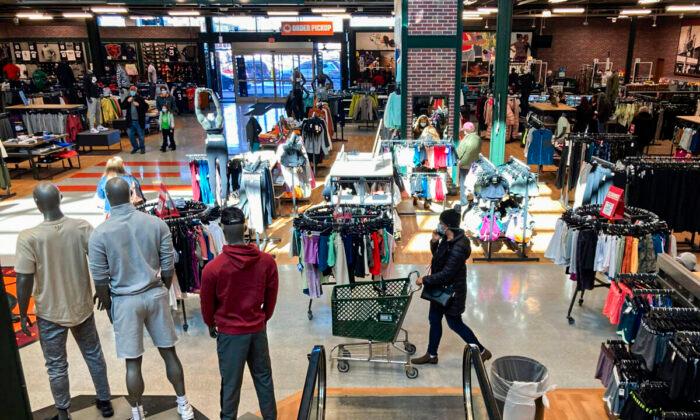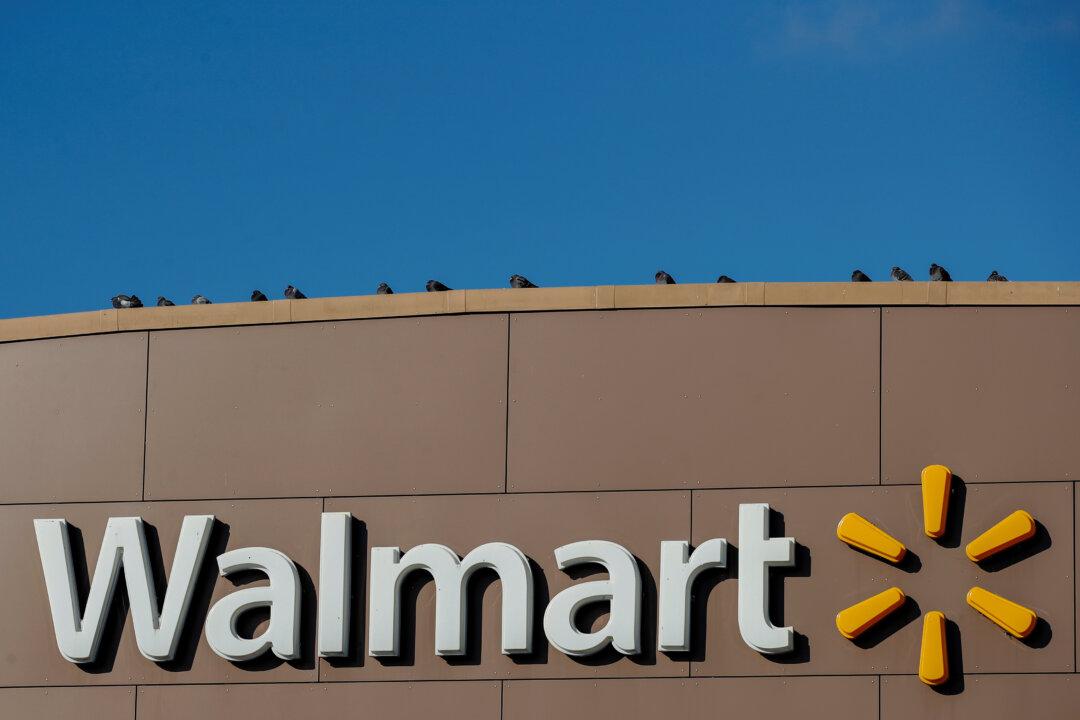Organized retail crime (ORC) is on the rise and its perpetrators are becoming more violent, according to a report by the National Retail Federation (NRF) published on April 13.
“These concerns have grown in recent years, as criminal groups have become more brazen and violent in their tactics and are using new channels to resell stolen goods,” said NRF president and CEO Matthew Shay.
Data showed that 15 of the 21 crime rings analyzed in the report began operations in 2021, suggesting that “the uptick in the use of violent tactics during theft operations is a recent development,” the report says.
ORC incidents shot up by 26.5 percent in 2021, according to the study.
These groups largely target everyday consumer goods, which offer a favorable balance between ease of theft, monetary value, and ease of resale, according to the report.
Further, 11 percent of the ORC targets are luxury items, and electronics are the favored targets of those committing cargo theft.
When it comes to liquidating stolen items, ORC database found that about 45 percent of stolen goods were resold through online marketplaces.
However, these groups appear to be shifting away from third-party online sellers and leaning on “peer-to-peer venues that rely on direct engagement among buyers and sellers to complete transactions,” according to the report.
The average ORC fencing operation—when organized retail crime groups convert stolen goods into cash—handled approximately $250,000 in merchandise before being apprehended by authorities, the study found.
Only six of the 132 ORC groups analyzed in the ORC database between 2014–20 used violent techniques—defined as smash-and-grab, use of firearms or other weapons, battery, flash-mob tactics, or threats of violence against store employees or customers.
K2 Integrity chief strategy officer Juan Zarate warned that organized retail crimes will become even more dangerous, complex, and profitable “if more concerted action is not taken to disrupt these trends.”
In an effort to curb the resell of stolen items on third-party sites, Congress last December passed the INFORM Act, which requires online marketplaces to verify high-volume third-party sellers to authenticate the seller’s government ID, tax ID, bank account information, and contact information.
The bill defines high-volume third-party sellers as “vendors who have made 200 or more discrete sales in a 12-month period amounting to $5,000 or more.”
In addition, the NRF and its members have been advocating for the Combating Organized Retail Crime Act (CORCA) that would create new tools to assist in the federal investigation and prosecution of ORC and help recover lost goods and proceeds.




